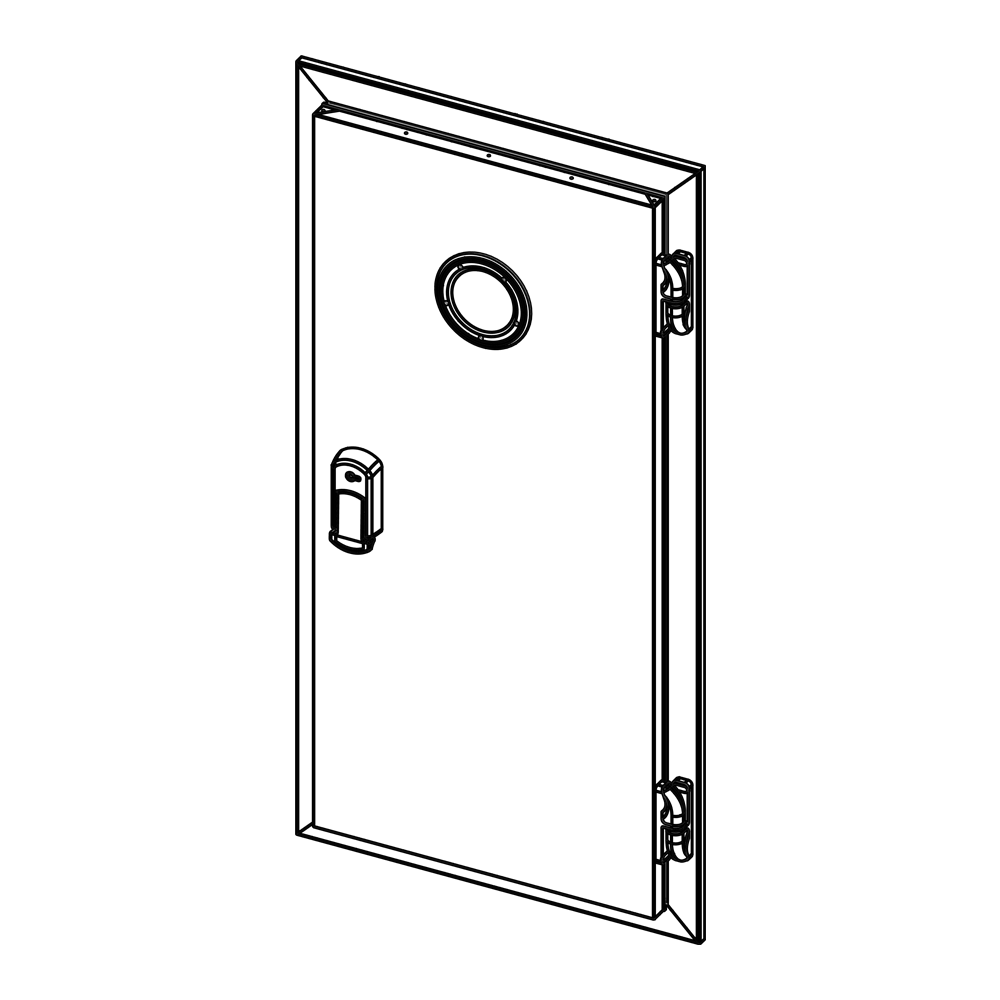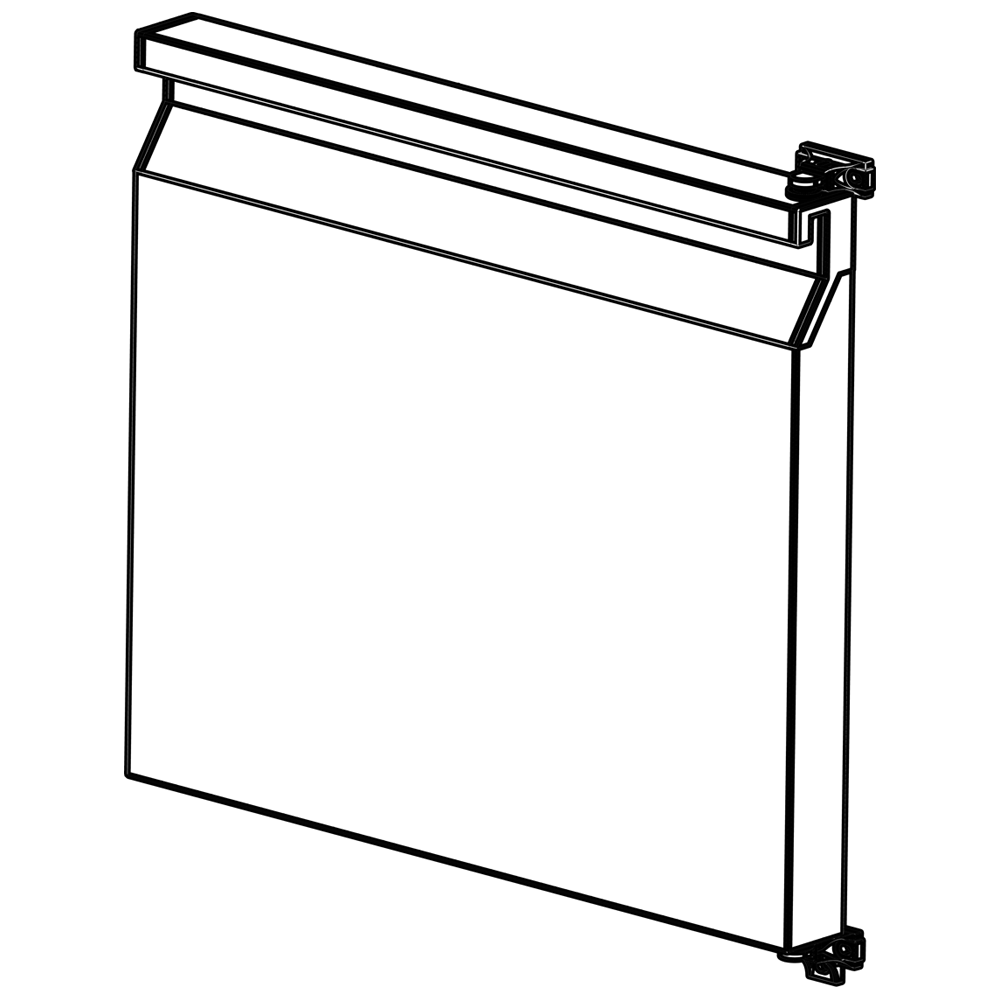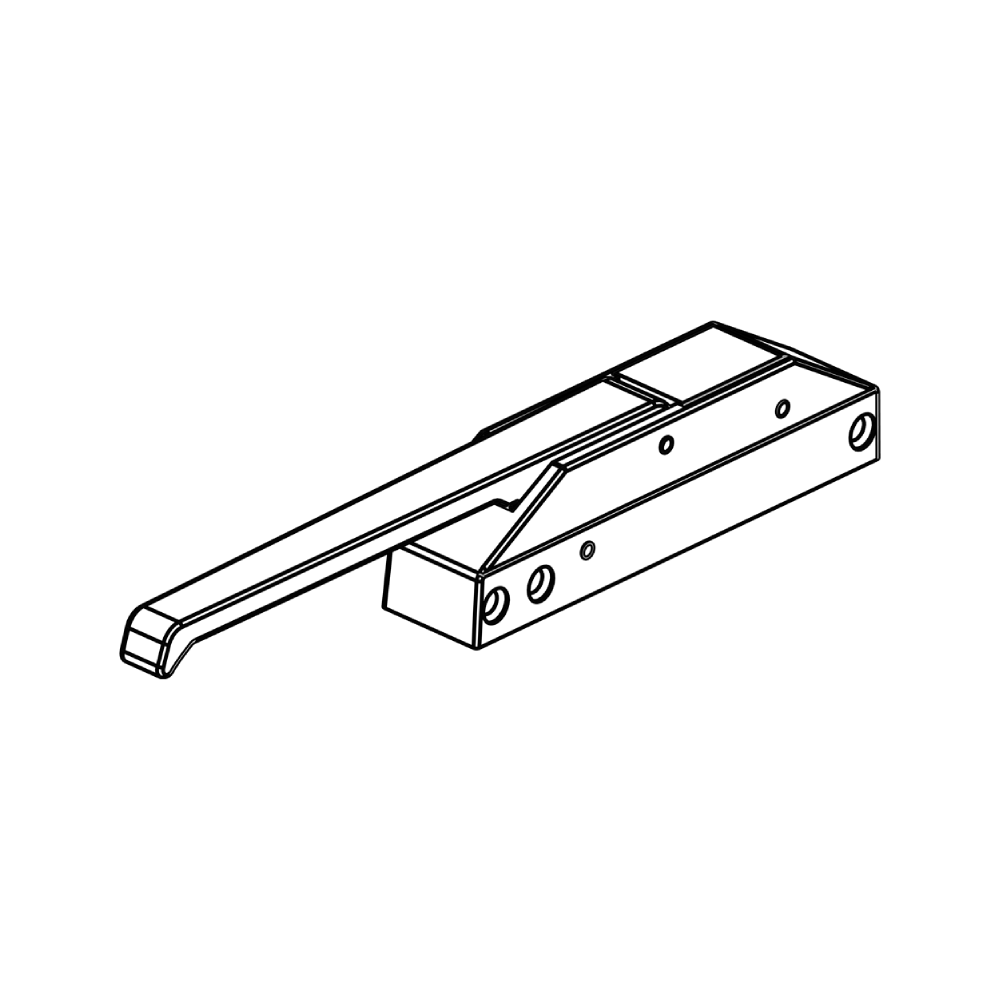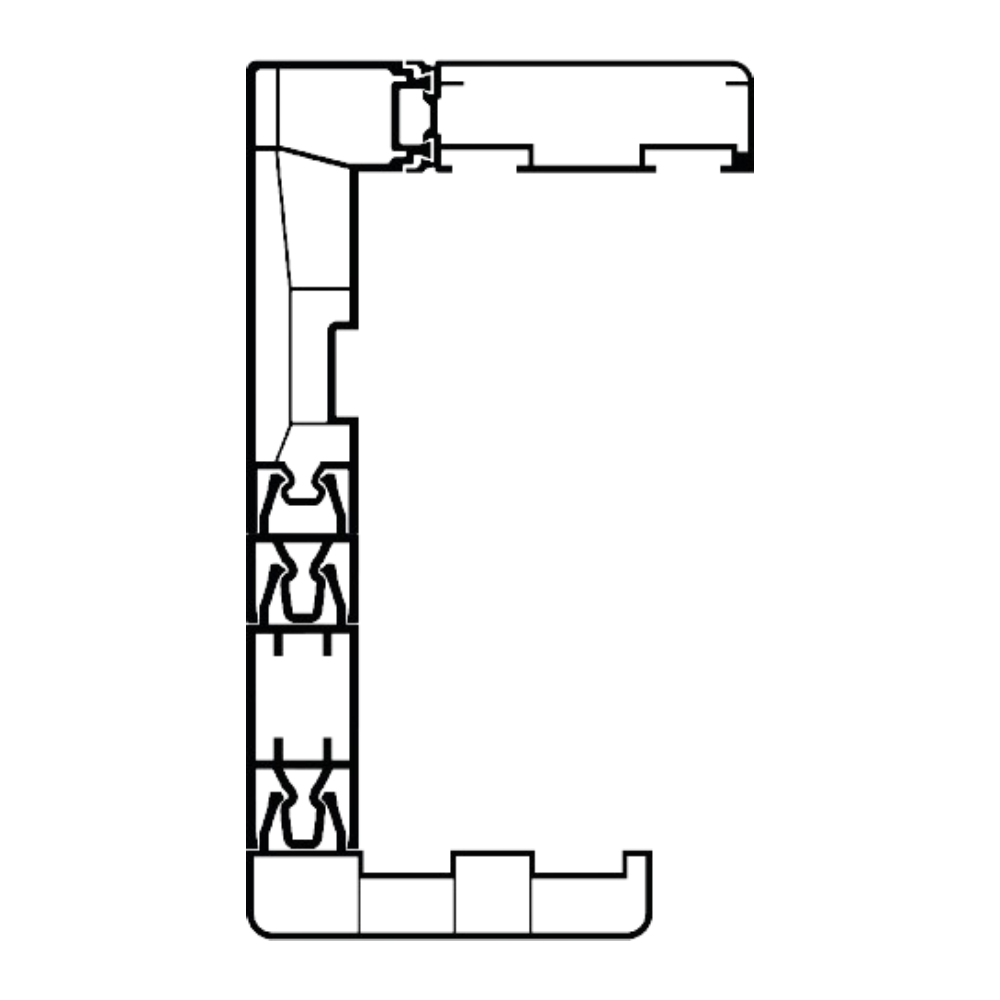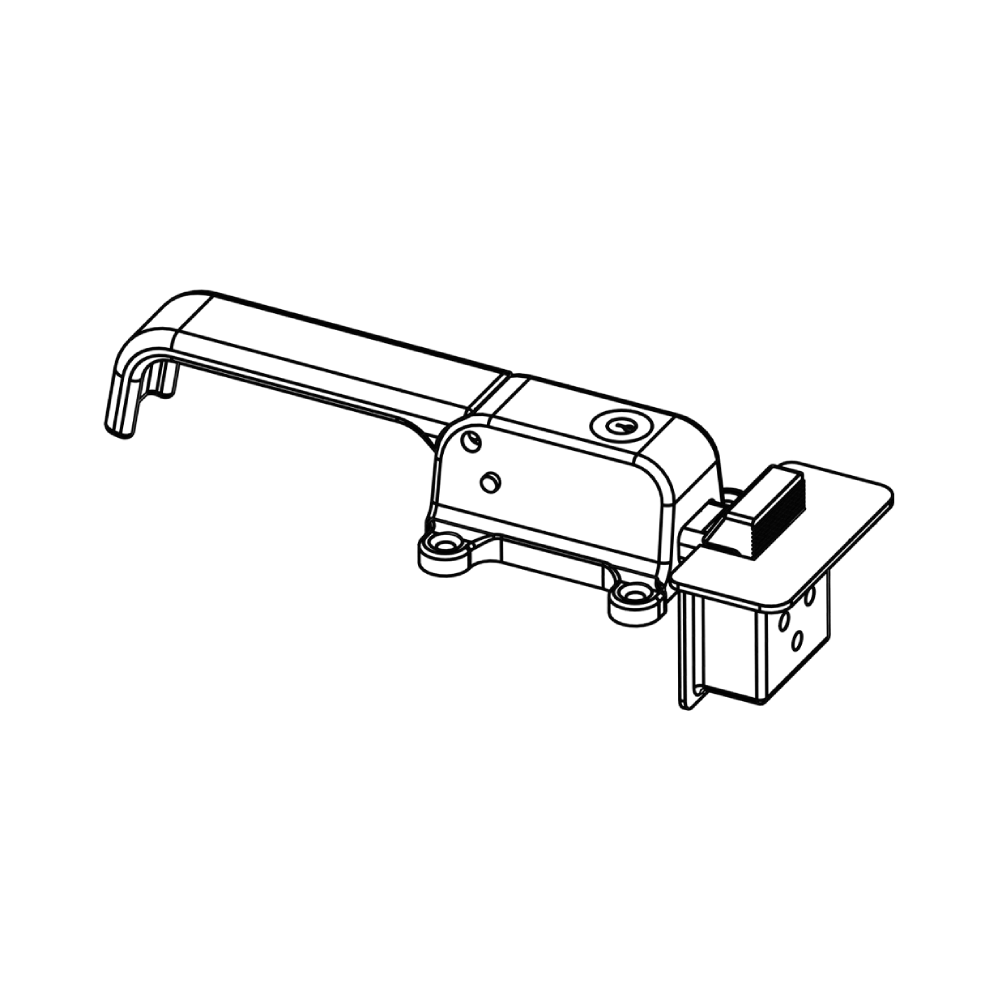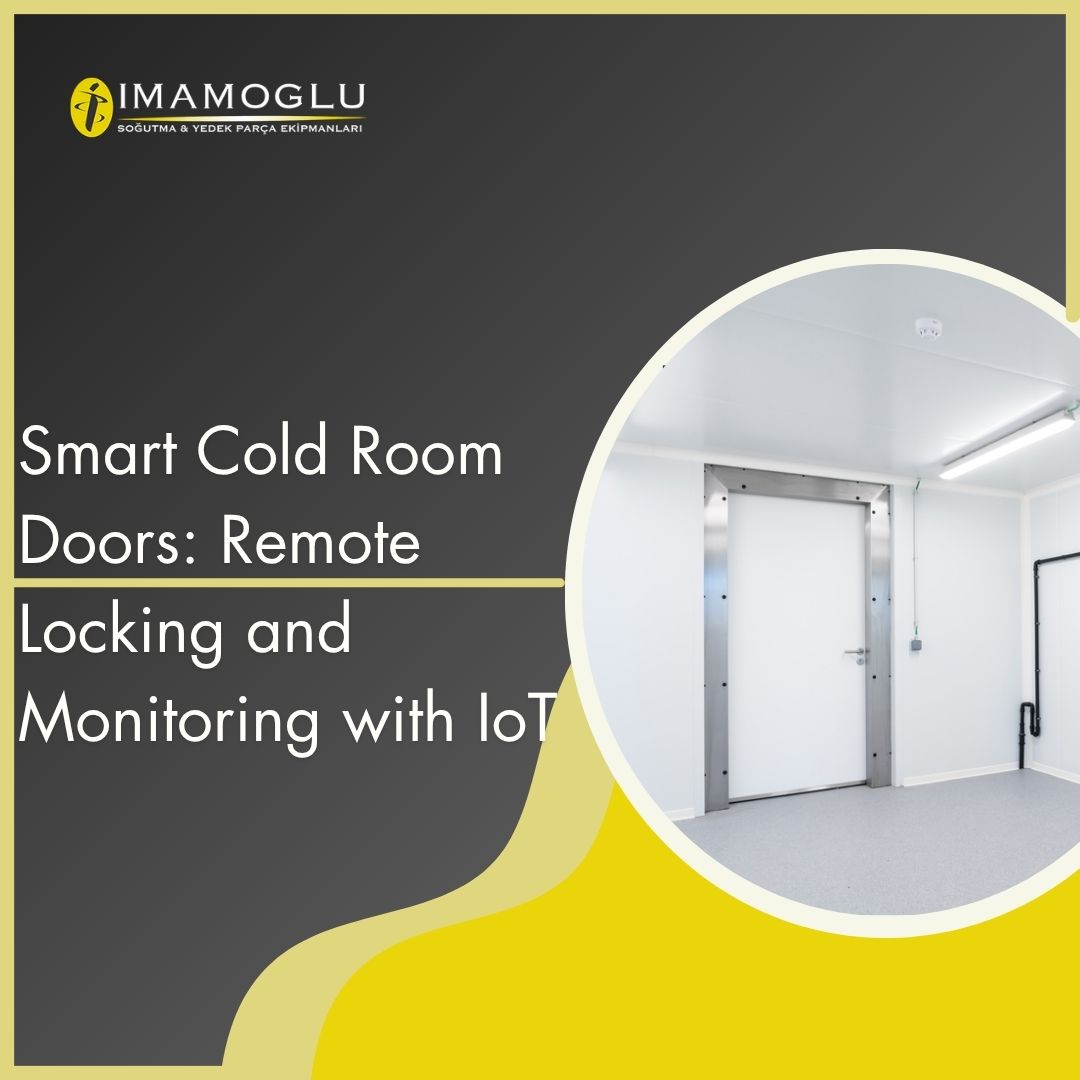Smart Cold Room Doors: Remote Lock And Monitoring With IoT
Table of Contents
- How Do IoT-Enabled Smart Doors Improve Cold Chain Integrity and Operational Efficiency?
- A Guide to Remote Monitoring and Access Control for Industrial Cold Rooms
- Key Features to Look for in a Smart Cold Room Door Locking System
- IoT vs. Traditional Cold Room Doors: A Comparison of Security and Monitoring Capabilities
- What Are the Real-World Cost Savings of Implementing Smart Locking on Refrigerated Warehouses?
- How to Set Up Remote Alerts and Prevent Temperature Excursions with Connected Cold Room Doors
How Do IoT-Enabled Smart Doors Improve Cold Chain Integrity and Operational Efficiency?
The integrity of the cold chain is paramount in industries ranging from pharmaceuticals to perishable foods, where even minor temperature deviations can result in significant product loss and compliance failures. IoT-enabled smart doors represent a critical evolution in warehouse and transport management, transforming a simple physical barrier into a sophisticated data-generating asset. These systems leverage a network of sensors to monitor conditions in real-time, providing unprecedented visibility into the thermal environment.
At the core of their functionality, these doors integrate temperature monitoring directly into the door seal and frame, capturing data every time an access event occurs. This allows for the precise tracking of exposure events, which are instances where stored products are subjected to ambient conditions. By analyzing the duration and thermal impact of each door opening, facilities can move from reactive problem-solving to proactive condition management, directly addressing a primary source of temperature excursions.
Operational efficiency is dramatically enhanced through predictive maintenance capabilities. The embedded sensors monitor door operation cycles, seal integrity, and motor performance, alerting managers to potential mechanical failures before they disrupt the cold chain. This shift prevents costly emergency repairs and unplanned downtime, ensuring continuous operational flow. Furthermore, the data collected facilitates asset utilization analysis, revealing patterns in door usage that can inform workflow optimizations and energy-saving strategies.
The true power of this technology is unlocked through data analytics platforms that process the raw sensor data into actionable intelligence. Solutions like those from İmamoglu transform door activity and temperature logs into comprehensive dashboards, highlighting trends and anomalies. This enables data-driven decisions that improve supply chain visibility from the warehouse dock to the final delivery point, creating a verifiable and auditable chain of custody.
For commercial decision-makers, the investment in IoT-enabled smart doors translates into direct risk mitigation and compliance assurance. The ability to generate automated reports for regulatory bodies simplifies audits and provides documented proof of cold chain compliance. This level of documentation is increasingly becoming a standard requirement, making such technology not just an operational upgrade but a strategic commercial necessity for maintaining competitive advantage and protecting brand reputation.
A Guide to Remote Monitoring and Access Control for Industrial Cold Rooms
The operational integrity of industrial cold rooms is contingent upon maintaining precise environmental parameters, where even minor deviations can lead to significant product loss. A comprehensive guide to remote monitoring and access control systems provides the foundational framework for achieving this critical stability. These integrated solutions leverage a network of IoT sensors to continuously track temperature, humidity, and door status, transmitting data in real-time to a centralized platform.
This real-time data acquisition enables a proactive approach to facility management, shifting from reactive problem-solving to predictive maintenance. By setting configurable alert thresholds, facility managers receive instant notifications via SMS or email when parameters drift outside predefined limits. This immediate alert system allows for rapid intervention, potentially preventing spoilage and ensuring strict compliance with food safety regulations like HACCP or pharmaceutical standards such as GDP.
Beyond environmental monitoring, advanced access control mechanisms are essential for security and auditability. Modern systems offer detailed audit trails, logging every entry and exit with user identification, timestamp, and duration. This functionality not only restricts unauthorized access but also provides invaluable data for investigating incidents and optimizing operational workflows, thereby enhancing overall operational efficiency.
The commercial benefits are substantial, directly impacting the bottom line through reduced energy consumption and minimized product waste. A robust monitoring system provides the data necessary for predictive maintenance, identifying patterns that indicate equipment fatigue before a catastrophic failure occurs. This prevents costly downtime and extends the lifespan of critical refrigeration assets, offering a strong return on investment.
Implementing a system like those engineered by İmamoglu transforms cold chain management. The ability to oversee multiple facilities from a single dashboard, backed by comprehensive data logging and automated reporting, empowers decision-makers with unprecedented visibility and control. This technological evolution is no longer a luxury but a fundamental component of a resilient, efficient, and compliant industrial cold storage operation.
Key Features to Look for in a Smart Cold Room Door Locking System
The selection of a smart cold room door locking system is a critical decision impacting operational integrity, energy efficiency, and asset security. A foundational feature is robust access control, which moves beyond simple mechanical keys to a system of traceable permissions. This granular control ensures only authorized personnel can enter specific zones, a vital component for compliance with food safety standards like HACCP or pharmaceutical storage protocols.
Integral to this control is the system's remote monitoring capability. Modern systems provide real-time status updates on door positions—open, closed, or ajar—directly to a centralized dashboard or mobile device. This immediate visibility allows for swift intervention in the event of a door being left open, preventing costly temperature deviations and potential spoilage of sensitive inventory.
The effectiveness of any monitoring system hinges on its temperature tolerance. Components must be engineered to withstand extreme sub-zero conditions without failure. Look for locks and electronic mechanisms rated for continuous operation in environments as low as -30°C or lower, ensuring reliability when it is needed most. This resilience directly correlates with reduced maintenance cycles and long-term system uptime.
Seamless system integration is a key differentiator for advanced solutions. The ideal locking system should not operate in a silo but communicate effortlessly with broader building management systems (BMS), warehouse management systems (WMS), and enterprise resource planning (ERP) platforms. This interoperability creates a unified operational dashboard, providing a holistic view of facility operations.
Beyond access logs, a sophisticated system offers comprehensive audit trails. Every entry attempt, successful or denied, is timestamped and linked to a user credential. This creates an immutable record for security investigations and compliance audits, detailing who accessed which area and when. Such data is invaluable for tracing procedural breaches.
The physical door seal integrity is paramount. The locking mechanism must be designed to apply uniform pressure, ensuring a tight seal against the gasket to prevent cold air leakage. Even a minor gap can lead to significant energy waste and compressor overwork, driving up operational costs. Systems from manufacturers like İmamoglu often feature designs that prioritize this seal.
A critical yet often overlooked feature is a reliable power backup solution. In the event of a main power failure, the system must default to a fail-safe or fail-secure mode, often supported by long-lasting battery reserves. This ensures that access control and monitoring functions remain active, protecting assets even during infrastructure disruptions.
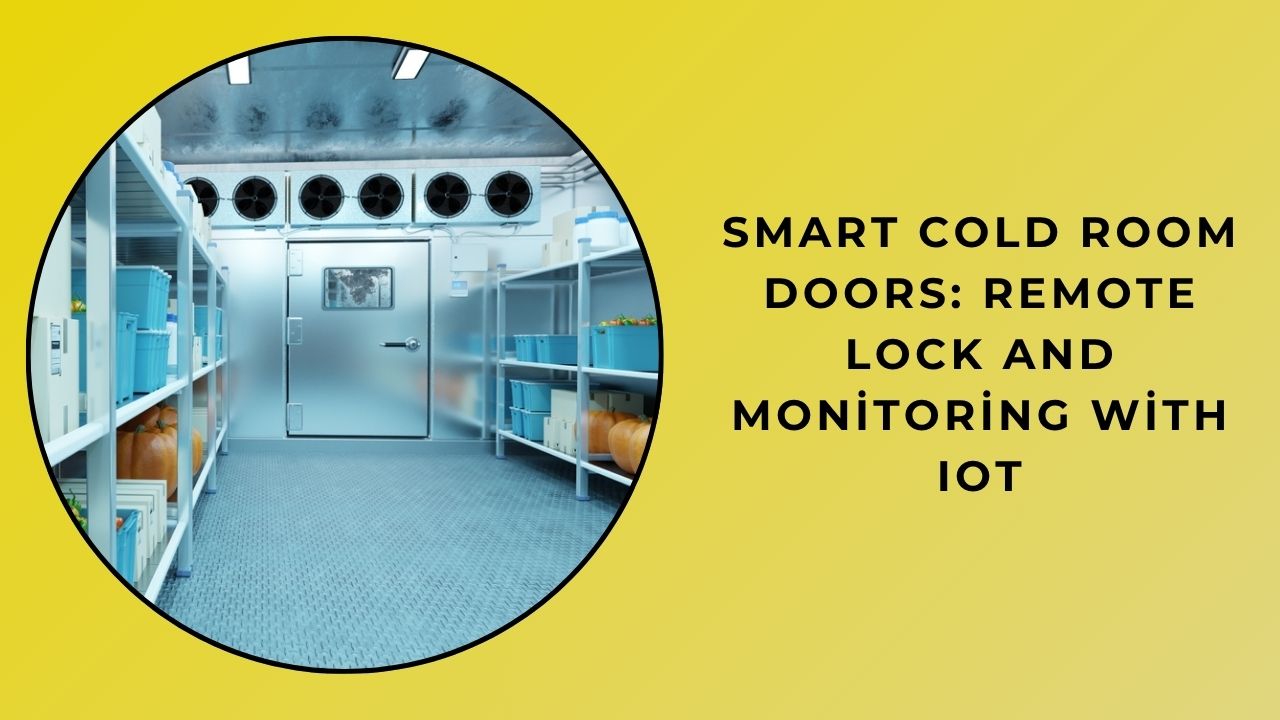
IoT vs. Traditional Cold Room Doors: A Comparison of Security and Monitoring Capabilities
The fundamental distinction between IoT-enabled cold room doors and their traditional counterparts lies in the paradigm shift from passive insulation to active, intelligent environmental management. Traditional doors serve a singular, critical function: maintaining thermal integrity through robust thermal insulation and mechanical seals. While effective at their core task, they operate as a black box, offering no insight into performance, security breaches, or operational status without manual, time-consuming inspection.
IoT cold room doors, however, transform this static barrier into a dynamic data node within a larger industrial automation ecosystem. These systems are equipped with an array of sensors that provide real-time monitoring of critical parameters far beyond simple temperature. Sensors track door position (open/ajar/closed), seal integrity, energy consumption, and even the number of access cycles. This continuous stream of data enables a predictive, rather than reactive, maintenance schedule, identifying wear on components like gaskets or hinges before they lead to a catastrophic failure and energy efficiency loss.
From a security perspective, the gap is equally significant. Traditional doors rely on physical locks, which provide a basic deterrent but leave no audit trail. IoT solutions integrate advanced access control systems, including biometric scanners or RFID credentials, directly into the door's operation. Every entry and exit is logged with a timestamp and user identification, creating a comprehensive audit trail for compliance and security investigations. This level of data integrity is crucial for industries with strict regulatory requirements, such as pharmaceuticals and food processing.
The operational benefits are realized through the predictive maintenance capabilities inherent in the IoT model. By analyzing historical performance data, the system can alert facility managers to anomalies that precede equipment failure, such as a gradual increase in the time required for a door to close or a slight drop in seal pressure. This prevents unplanned downtime and protects valuable inventory. Furthermore, the integration of remote diagnostics allows technical support from a provider like İmamoglu to assess issues without dispatching a technician, drastically reducing resolution times and associated costs.
The choice between IoT and traditional doors is a strategic decision centered on operational intelligence and risk mitigation. While the initial investment in an IoT system is higher, the return is measured in reduced energy costs, minimized spoilage, enhanced security, and optimized labor. For modern facilities where cold chain integrity is paramount, the data-driven insights and control offered by IoT doors represent a significant advancement in operational reliability and asset protection.
What Are the Real-World Cost Savings of Implementing Smart Locking on Refrigerated Warehouses?
The operational expenditure of refrigerated warehouses represents a significant and continuous financial challenge, where energy consumption is the dominant cost factor. Implementing smart locking systems directly addresses this by providing granular control over door states, a critical element in maintaining thermal integrity. The primary mechanism for cost savings is the drastic reduction of thermal leakage, which occurs when cold storage doors are left ajar unintentionally or for extended periods.
Advanced systems from manufacturers like İmamoglu integrate real-time monitoring sensors that detect door position and seal integrity, sending immediate alerts to facility managers. This enables a proactive response to incidents, preventing the massive energy waste associated with compensating for lost refrigeration. The data collected provides invaluable operational intelligence, revealing patterns in door usage that can inform process improvements and staff training.
Beyond energy, these systems contribute to substantial asset protection. By ensuring doors are properly secured, the risk of temperature excursions that can spoil sensitive inventory is minimized. This safeguards product quality and reduces financial losses from compromised goods. Furthermore, the predictive maintenance capabilities of smart locks monitor the health of door mechanisms and seals, scheduling service before a catastrophic failure occurs, thus avoiding costly downtime and emergency repairs.
The financial justification extends to workflow optimization. Automated access logs eliminate manual check-ins, providing auditable trails for compliance and security purposes. This integration into the broader cold chain management ecosystem allows for a holistic view of warehouse efficiency. The return on investment is calculated not just in kilowatt-hours saved, but in reduced product shrinkage, lower maintenance costs, and enhanced regulatory compliance.
For commercial decision-makers, the value proposition of a scalable solution like those offered by İmamoglu is clear. The technology can be deployed across a single facility or an entire logistics network, with centralized management providing consistent control and reporting. This scalability ensures that the cost-saving benefits grow in direct proportion to the size of the operation, making it a strategically sound investment for any business reliant on temperature-controlled storage.
How to Set Up Remote Alerts and Prevent Temperature Excursions with Connected Cold Room Doors
The operational integrity of cold storage facilities hinges on the precise management of environmental conditions, where even minor temperature excursions can compromise product quality and regulatory compliance. A critical vulnerability in this chain is the cold room door, a frequent source of thermal loss. Implementing a system for remote monitoring transforms this passive component into an active node in your facility's condition monitoring network.
Setting up an effective alert system begins with the strategic installation of sensors. Door-mounted sensors detect open/close status, while strategically placed temperature probes capture ambient conditions near the doorway. These devices connect to a central gateway device, which aggregates data and transmits it securely to a cloud-based platform. The core of prevention lies in configuring intelligent alert thresholds within this platform.
Beyond simple door-ajar alarms, advanced systems allow for multi-parameter rules. For instance, an alert can be triggered if a door remains open beyond a predefined time limit, or if the internal temperature begins to trend towards an out-of-specification range due to frequent traffic. This proactive approach to predictive maintenance identifies operational inefficiencies before they escalate into costly excursions.
The commercial impact is significant. Real-time notifications sent via SMS or email enable immediate intervention, drastically reducing the duration of any potential exposure. This capability is essential for maintaining regulatory compliance with standards like GDP and GMP, providing auditable data logs for every event. The İmamoglu platform exemplifies this by offering customizable dashboards that display key performance metrics.
Integration with Building Management Systems (BMS) or Warehouse Management Systems (WMS) through API connectivity further enhances operational control. This creates a unified data-driven insights ecosystem, allowing for correlation between door events, energy consumption spikes, and compressor cycle times. The result is not just excursion prevention but also optimized energy usage and extended equipment lifespan.
For product managers and commercial leaders, this technology translates directly to risk mitigation and asset protection. By preventing spoilage of high-value inventory, such as pharmaceuticals or perishable foods, the return on investment is clear. The system provides a robust quality assurance framework that safeguards brand reputation and ensures supply chain integrity from warehouse to end-user.


